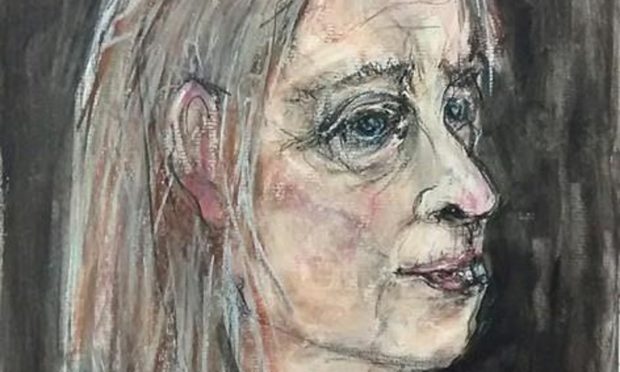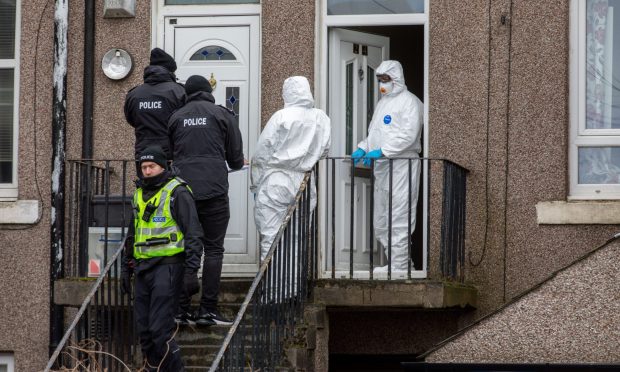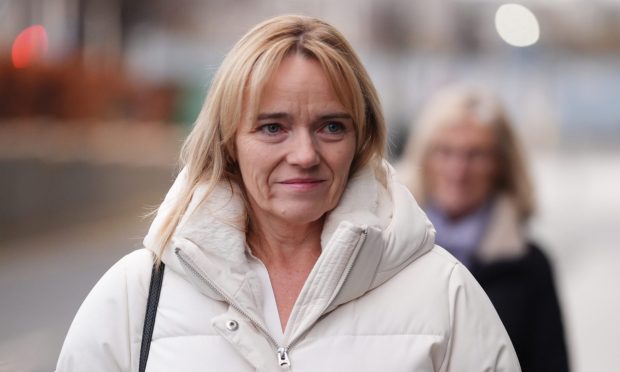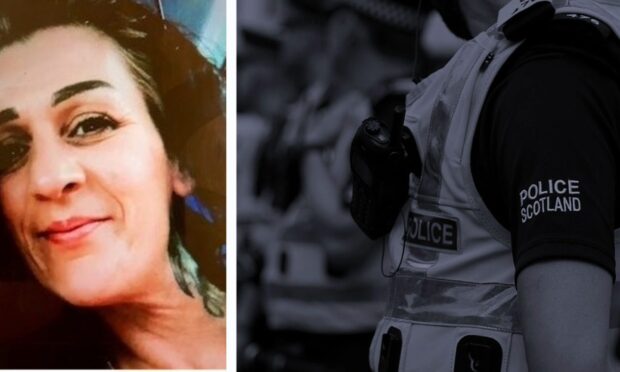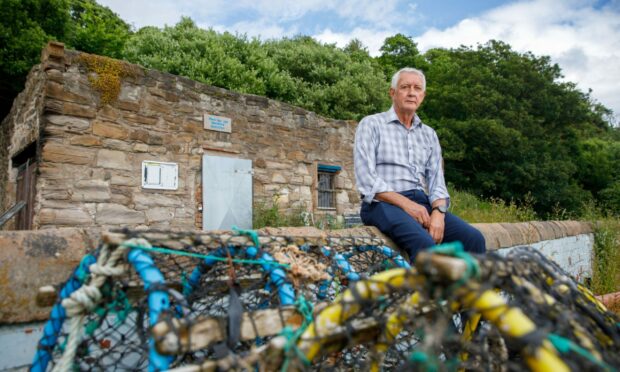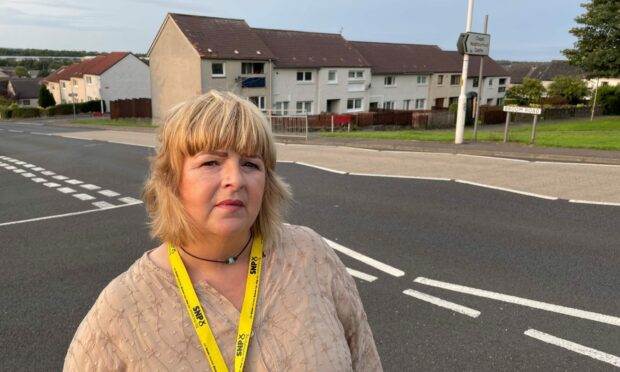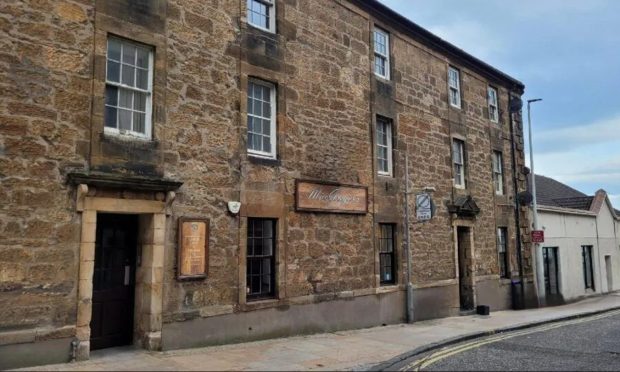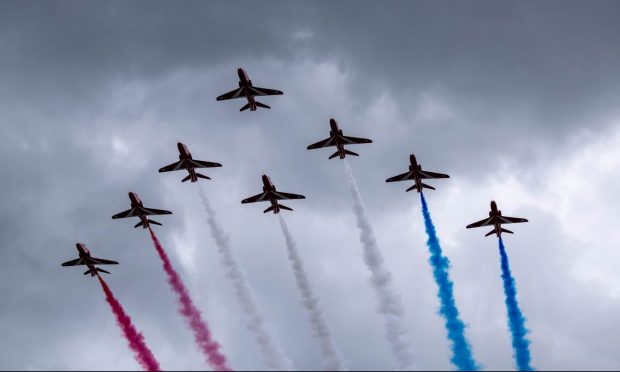Scotland’s witches will come under the spotlight at a day-long event in Dunfermline on Sunday.
The Glen Pavilion event has been organised by voluntary group Fife Witches Remembered with the aid of On@Fife Archives.
It will combine the academic knowledge of Julian Goodare and Louise Yeoman, the co-authors of the Survey of Scottish Witchcraft and author Dr Lizanne Henderson with the expertise of people who have tried to piece together the real stories of the women, and sometimes men, who were persecuted.
Its aim is to explore the history of the witch trials, to understand more about the context of 17th century Scotland and to try to understand why Scotland was more swept up in the witch finding phenomenon than almost any other country in Europe.
The passing of the Scottish Witchcraft Act in 1563 made witchcraft, or consulting with witches, crimes punishable by death.
It is estimated that between 3,000 and 5,000 people were publicly accused of being witches in 16th and 17th Century Scotland, a much higher number than south of the border.
Three-quarters of the accused were women and about two thirds were killed.
Hundreds of villages across Scotland have stones, wells, monuments, glens or places of execution connected with the eruption of witch-funding zeal.
This weekend workshops and talks will give people a chance to hear about local witches, including Lillias Adie, the Torryburn witch, whose body was buried in the shoreline of the Forth.
Participants can also experience how witchcraft has been expressed through art ad poetry.
The event aims to be informative and thought provoking and will consider whether to establish local commemorations to those condemned as witches.
